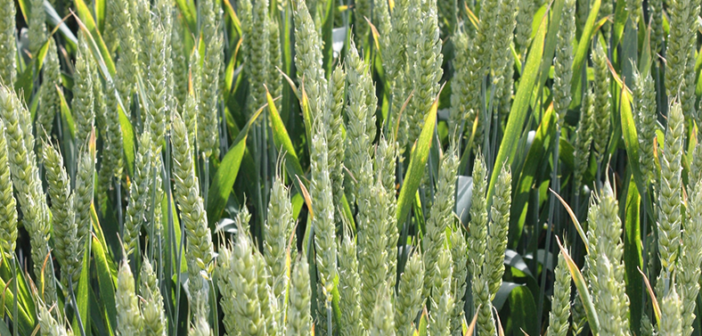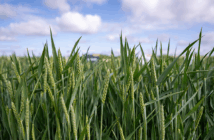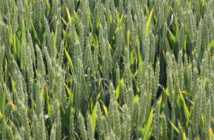Key points
- Specialist variety
- BYDV resistance
- OWBM resistant
- Excellent disease profile
- Strong Septoria resistance
- Bread making quality
- UKFM Group 2
Milling wheat growers looking for a truly sustainable wheat variety should look no further than RGT Goldfinch, writes Andrew Creasy, arable technical manager at RAGT Seeds.
This specialist variety was promoted to the 2025/26 Recommended List with a specific recommendation for resistance to barley yellow dwarf virus, but also features orange wheat blossom midge resistance and very strong all-round disease resistance.
BYDV resistance
This trait is conferred via the Bdv2 resistance gene used in RAGT’s breeding programme. It is ideal for growers wanting to manage the aphids that carry and spread BYDV without resorting to autumn insecticides. It is also particularly useful where thresholds could be missed, for example on crops grown well away from the main farm or on heavy ground that cannot carry a sprayer once wet weather arrives.
RGT Goldfinch also benefits from orange wheat blossom midge resistance, offering growers a route to producing insecticide-free wheat.
Disease resistance
RGT Goldfinch has one of the best sets of disease resistance figures on the RL. It scores 7 for mildew, 9s for yellow and brown rust (an RL exclusive), 6.9 for Septoria tritici and a 5 for eyespot. This brings flexibility into a farm’s fungicide programme in terms of timings, product use and rate, and fits well with growing the variety in more remote locations within the farm business.
RGT Goldfinch’s exceptional disease resistance scores are reflected in untreated official trials, particularly for 2024, an unusually high-pressure year notably for brown rust. It scored 115.7% of controls, only three points short of Extase and two short of Palladium, and left a range of other popular quality wheats trailing. The countrywide untreated 2024 dataset showed RGT Goldfinch yielding strongly in all locations, demonstrating its resilience.
Grain quality and end use
RL figures reflect RGT Goldfinch’s standing as high-quality Group 2 wheat, with a Hagberg Falling number of 279, specific weigh of 78.2kg/hl, and 13.1% protein (grown to milling wheat protocols). It has also received favourable baking results from a range of UK millers so is likely to attract good market premiums.
Yield results
RGT Goldfinch is not a barn-filler for pan-UK use, and there will be people who do not see the value in growing it. Given its RL yield score of 89, that’s understandable – BYDV resistance comes with a trade-off, but the variety will fill a valuable niche for some.
Field-scale results are not as damning as the RL might suggest, as official trials do not take account of BYDV resistance – if a trial needs insecticide it will receive it.
When BYDV pressure occurs, wheats carrying the Bdv2 gene come into their own. Earlier RAGT work has shown varieties with the trait, including RGT Goldfinch, can outyield competitor conventional varieties when under pressure.
Seed growers have also reported very good yields that defy the gap shown in the RL even in the apparent absence of BYDV. Some growers and agronomists believe this could in some instances reflect the presence of sub-clinical BYDV and consequent yield erosion in conventional varieties.
Agronomics
The variety is not overly tall, but is unusually responsive to PGR. Untreated, it scores 3 for resistance to lodging on the RL, but this rises to 7 when treated with PGR. Official trials over five years show high levels of lodging were completely controlled, with zero lodging recorded in all treated plots.
A sensible PGR programme such as a split does of chlormequat will suffice at the usual timings, but RGT Goldfinch does put on growth after ear emergence, so a late PGR could provide useful insurance.
Summary
RGT Goldfinch is a specialist milling wheat suited to growers looking for a variety that offers the best chance of being grown without insecticide, whether that be to control BYDV, to suit personal preference or to secure SFI payments. In addition, it is well suited to high-risk disease situations.
Commercially RGT Goldfinch has been shown to yield much better than its RL score would suggest, reflecting its performance in trials where BYDV is present. As well as in high-risk areas, RAGT suggests trying the variety where sub-clinical disease may be eroding yields.
Plenty of seed will be available this autumn, with seed growers expected to supply around 2500t.




